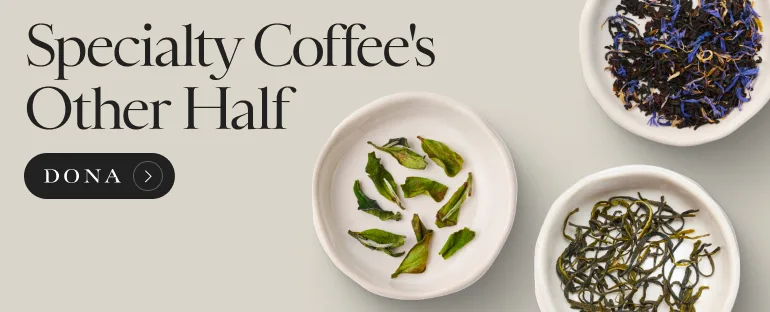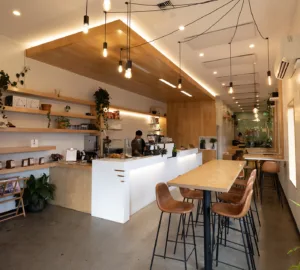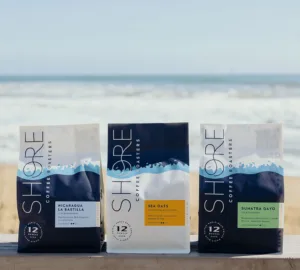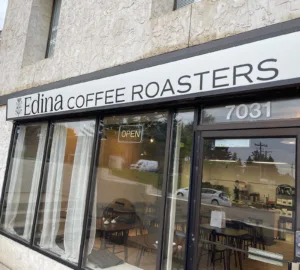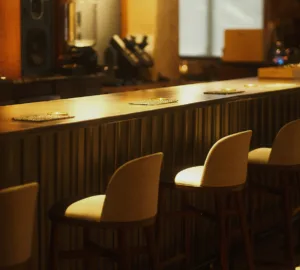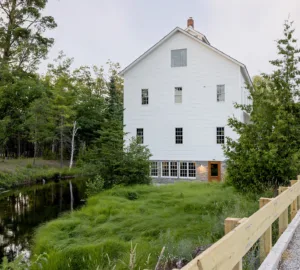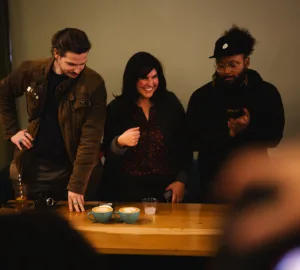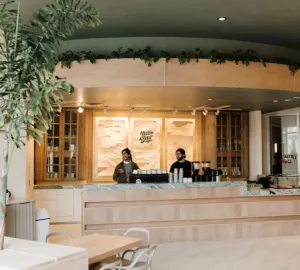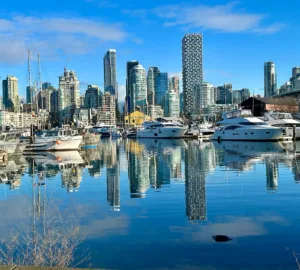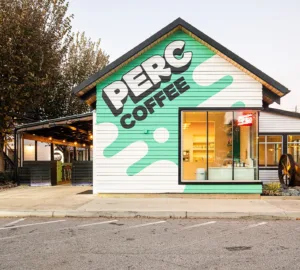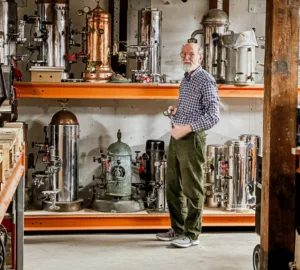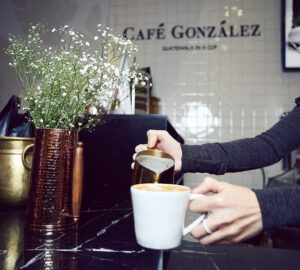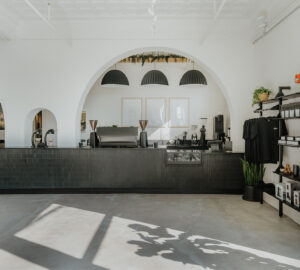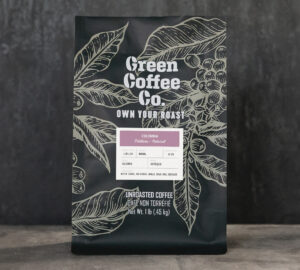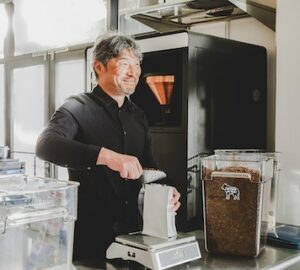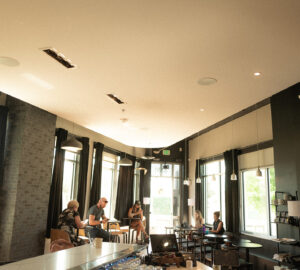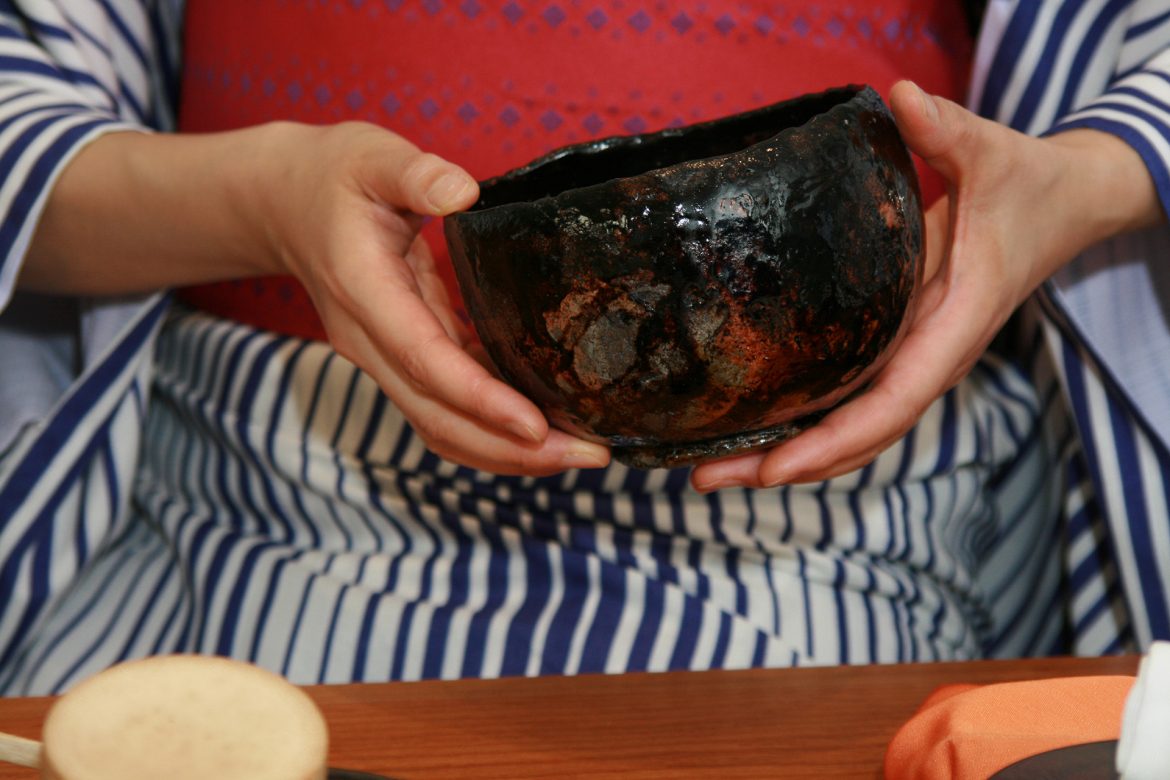
Ichi go, ichi e is a term often referred to by practitioners of Japanese tea ceremony. The meaning of this phrase, loosely translated, is “one moment, one meeting” and refers to how singular every moment in life is, from the unique subtleties of the change of seasons to the mundane differences that could occur during a subway ride.
New York, like many American metropolises, has seen matcha make inroads as a trendy “coffee alternative,” offered both in regular coffee shops and specialty matcha cafes alike. But when it’s offered as merely a substitute, few cafes hold to the same quality controls or the vision of a space where one can truly decompress and enjoy a moment before stepping out into the wilds of the city streets.
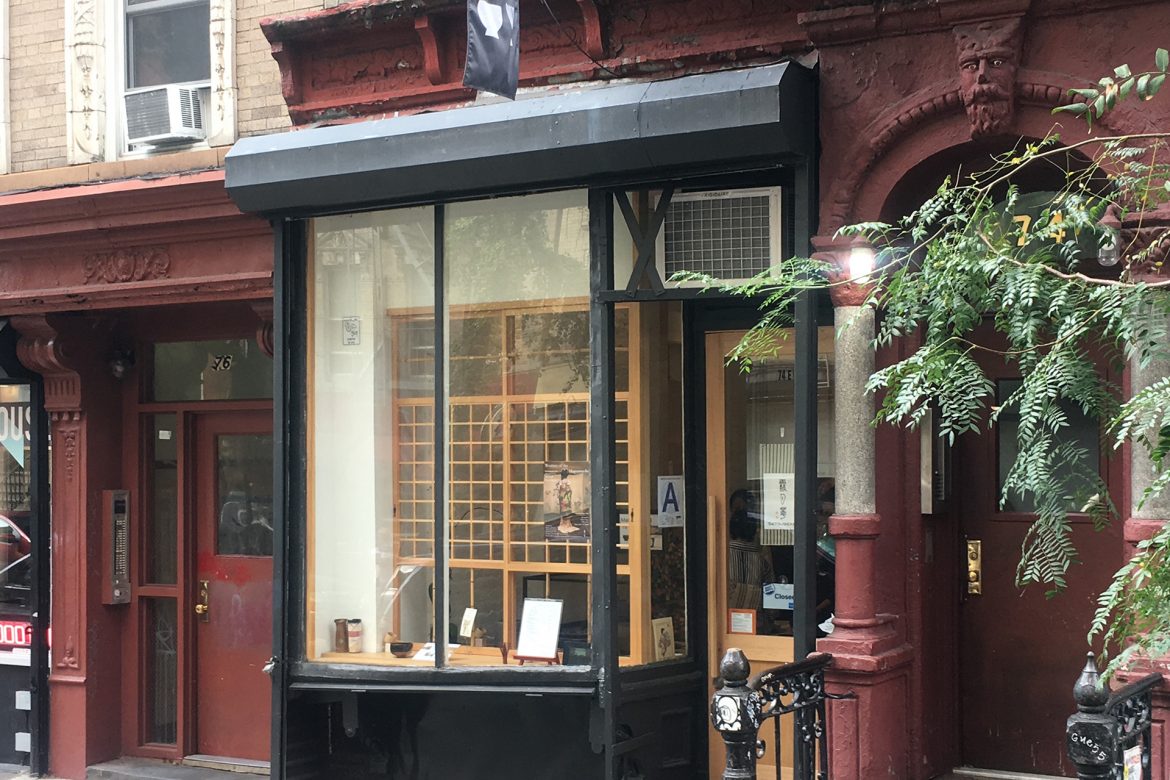
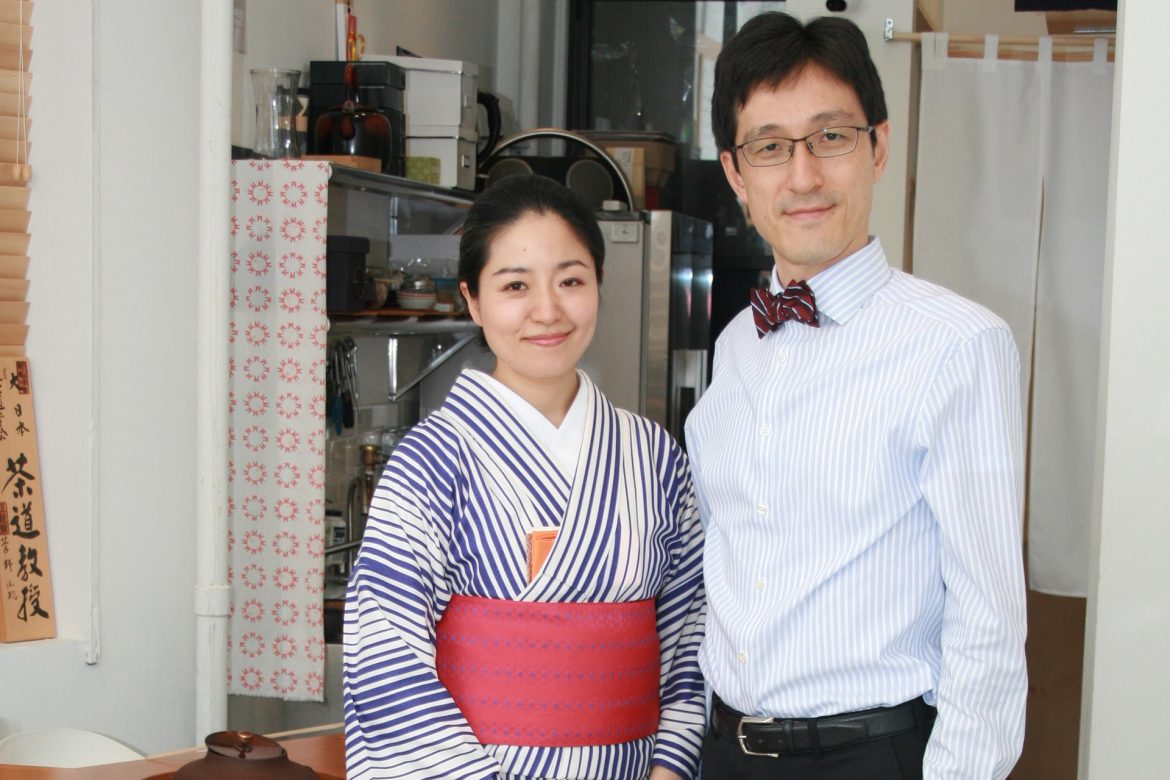
One place has begun to buck this trend. Opened early summer of 2017, Setsugekka in Manhattan’s East Village is the six-year dream of owners Souheki and Junya Mori turned reality. Contained within Setsugekka’s narrow floorplan is something akin to a tiny universe. Entering the space, one is greeted by a traditional tatami platform, followed by a low cherry wood bar where guests are welcomed to sit and enjoy a bowl of freshly made matcha. All around you are subtle hints to what the Moris want their guests to feel, from a scroll inscribed with a poem reflecting the season, handcrafted ceramics to be used in tea ceremony, to rough-hewn pipes and even the timeless feeling of the shop’s well-weathered doorway, one typical of many of Manhattan’s older spaces. If a quick look around didn’t already tip you off that this is a serious place for tea, you’ll soon notice the Moris have also installed something else: a stone tea grinder. That’s right, they grind their own matcha.
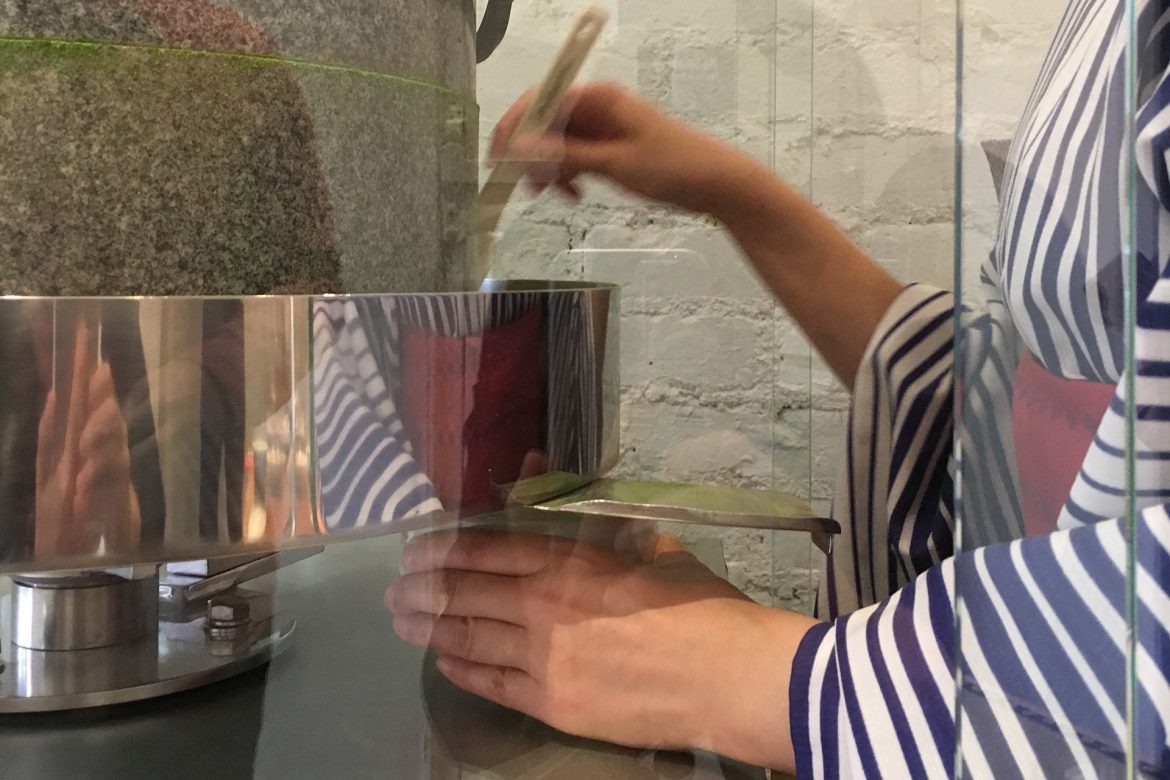
Amidst the traditional references and the down-to-earth feel of Setsugekka, the Moris’ approach to matcha is very straightforward. They only source their matcha from tea farms whose quality they can verify for themselves. The result is a collection of only three high-quality types of matcha from Fukuoka and Aichi, provinces in the southern half of Japan, each having their own distinct flavor and mouthfeel, ranging from pleasantly bitter to balanced to slightly sweet. Their approach to serving matcha is equally pared down.
“Making a bowl of tea is the process of making just one,” Souheki Mori told me right before she poured a half-ladleful of hot water into a beautifully crafted tea bowl by famed ceramicist Akihiro Nikaido. “I may make hundreds of bowls of tea, but I am still focused on making just that one.” The product of a philosophy like this is evidenced in the bowl she handed to me. Bright and smooth, it is uniquely balanced by its light grassiness and deep, dark chocolate-like flavor—something only present in the highest grades of matcha.
Souheki Mori, who was given the title of tea master by her school Dai Nihon Chadō Gakkai, a school that has its foundations in the teachings of a 16th-century tea practitioner, is no stranger to her craft. By the time that she and her husband came to New York in 2011, she had envisioned wanting to build a teahouse to share this art and this beverage with new audiences. “At that time,” she quipped, “matcha was not popular yet. When I would say ‘matcha’, people would reply ‘mocha?'” But three months into having arrived into her new home, Japan was hit by the Tōhoku earthquake and tsunami. In response, she and her husband held tea ceremonies for charity. The subsequent following she gathered from these, over time, became her future students and, eventually, she realized that her teahouse would grow from this.
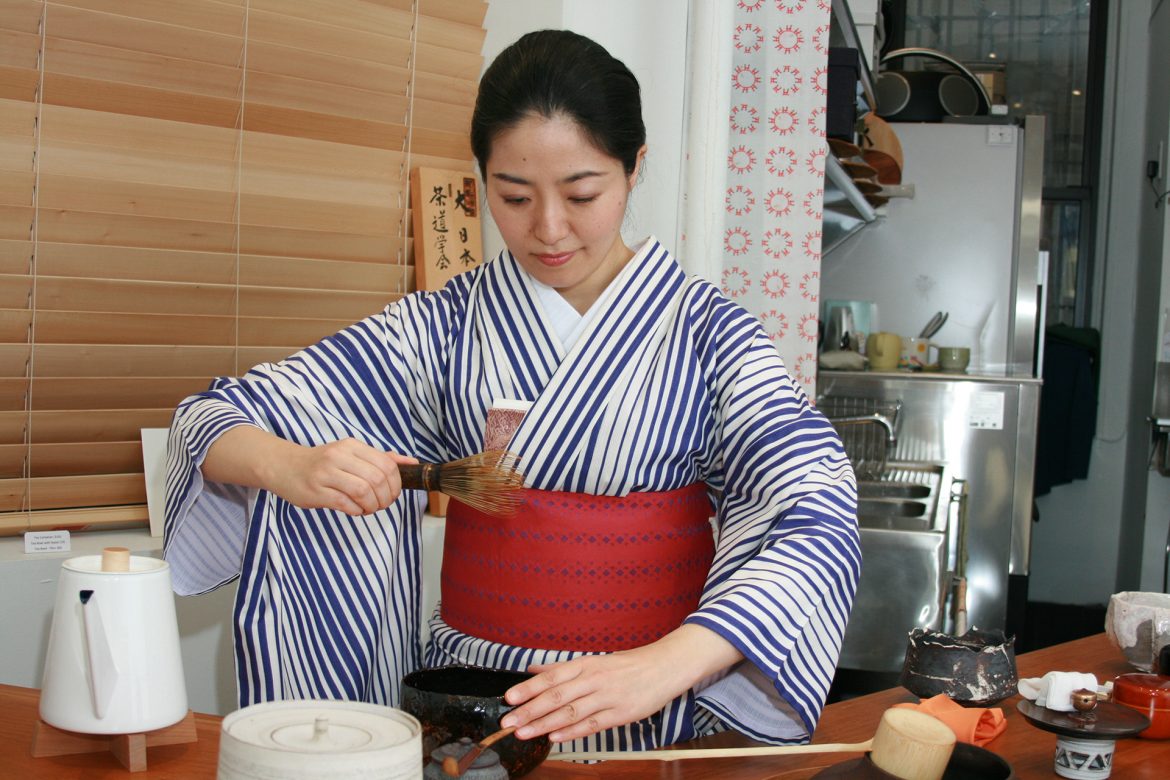
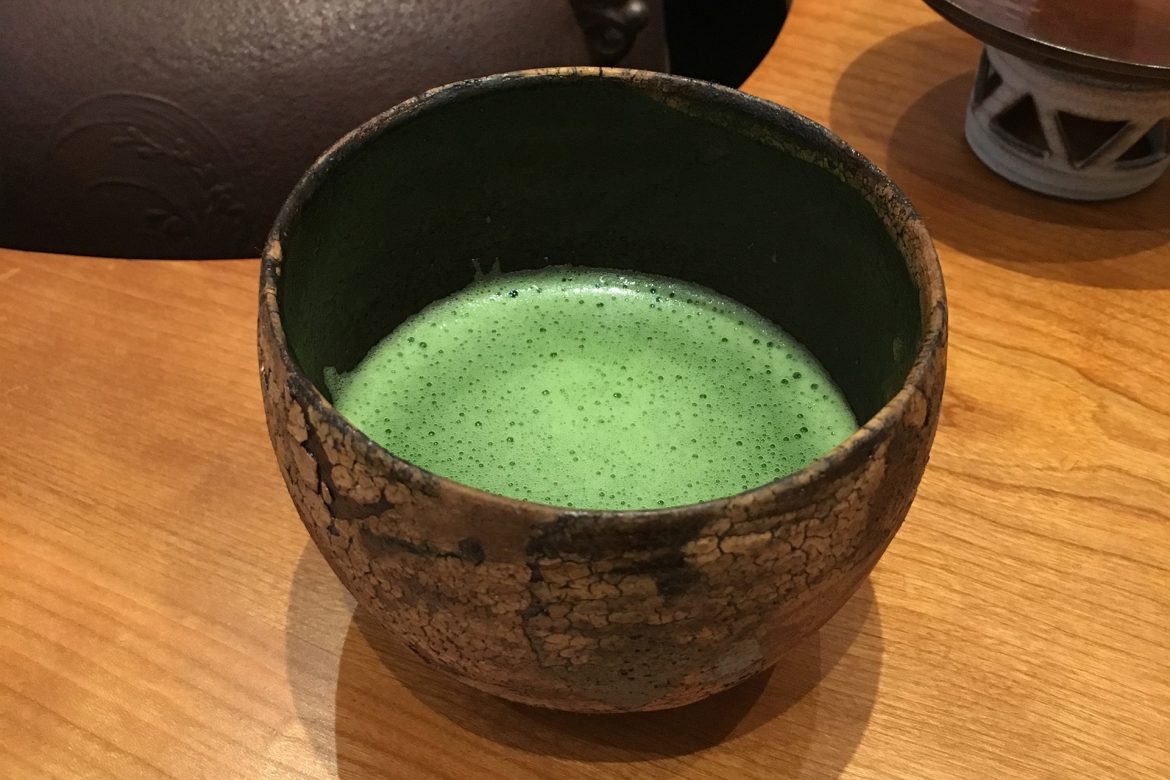
“When we opened our store, we wanted to do something really special,” she told me, turning on the stone grinder, made up of two granite cylinders, one atop the other, encased in glass. She poured a small handful of tencha, the whole leaf tea that is specially grown to make matcha, into a funnel that led to the center of the grinder. “When you compare pre-packed matcha with freshly-ground matcha, the taste and the scent is completely different. Fresh matcha is very mild.”
In seconds, the grinder began to spin at a slow yet constant speed. “The speed is important. Too fast and the tea will become bitter,” notes Junya Mori. In fact, everything about this traditional device is perfect for the process of grinding fresh matcha. “We got this one from Uji, near Kyoto. It is secondhand,” Junya Mori said. “The older ones work best.” According to him, the stone remains cool enough to keep the tea from heating up too much as it’s ground, while the size, too, is perfect. “Too big,” he cautions, “and you will get bitter tea.”
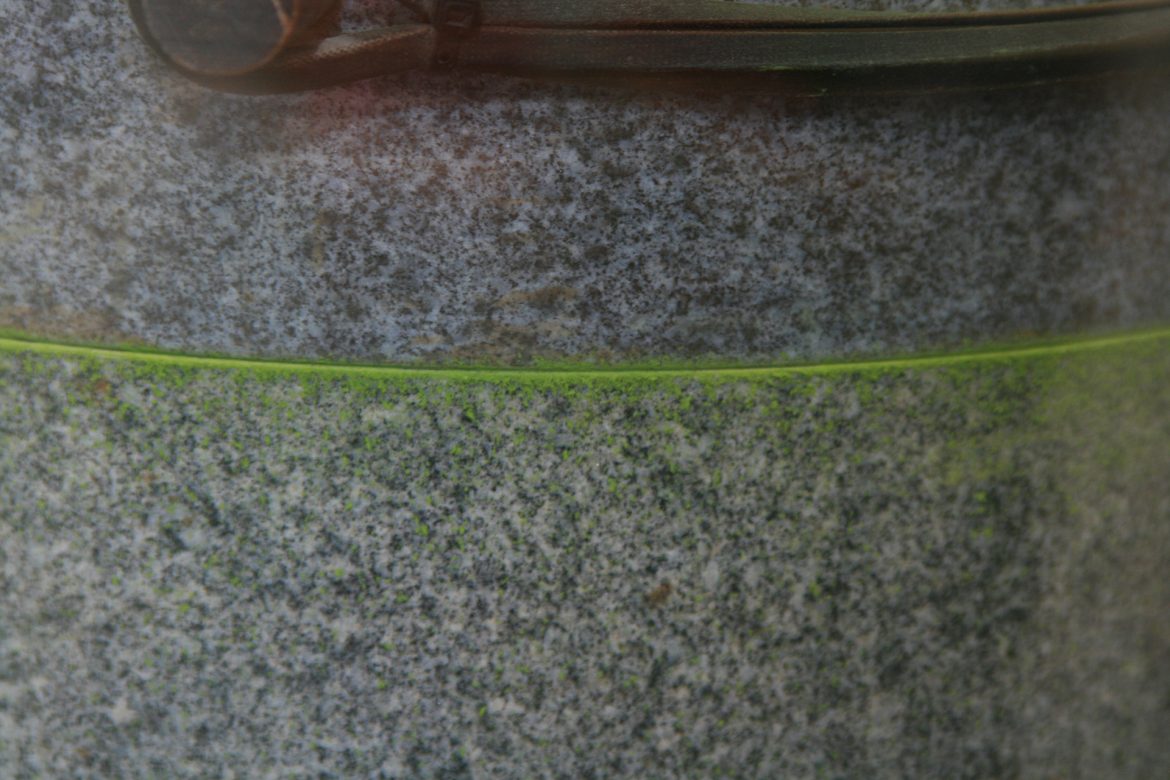
In a matter of minutes, bright electric-green-colored matcha powder begins to sift out from between the stone cylinders. After a few minutes, Souheki Mori turns the machine off and collects the freshly-ground matcha powder into a small container—just enough tea to make two bowls. “We bring in this tea from a farmer in Aichi named Ishikawa-san,” Souheki says, pointing to a video of the farmer playing in the teahouse. “We want to introduce many teas and many farms, similar to a wine bar or specialty coffee house. By having a grinder, we can offer the freshest matcha to our customers.”
Needless to say, having tea served this way is, like the saying ichi go, ichi e, both incredibly special and incredibly simple. There is nothing pretentious about Setsugekka and what they offer. The tea is prepared the very moment you order it in the most mindful of ways. Each bowl treated as if it were a special gift, offered to showcase the very best of the tea, the way it was prepared, and the moment it was served.
In this way, enjoying a bowl of tea is more than just taking a beverage. It’s drinking the moment itself.
Scott Norton is a freelance journalist based in New York City. This is Scott Norton’s first feature for Sprudge.













